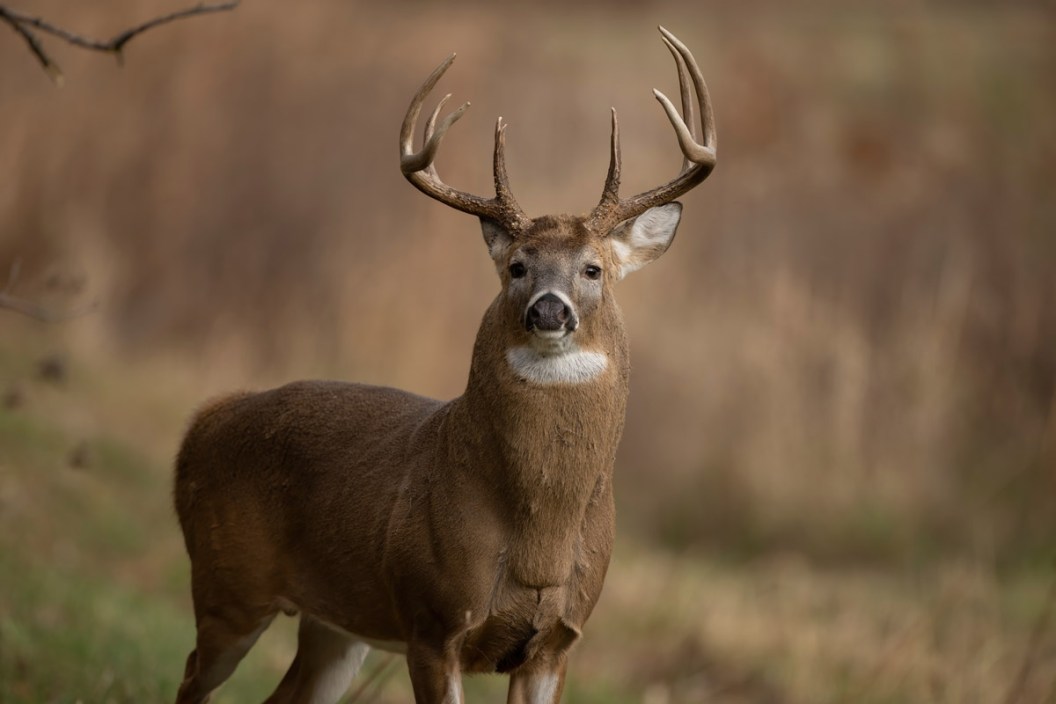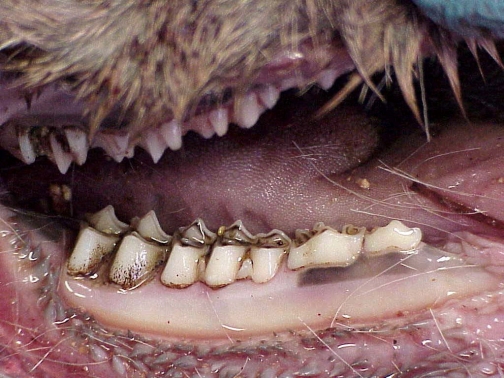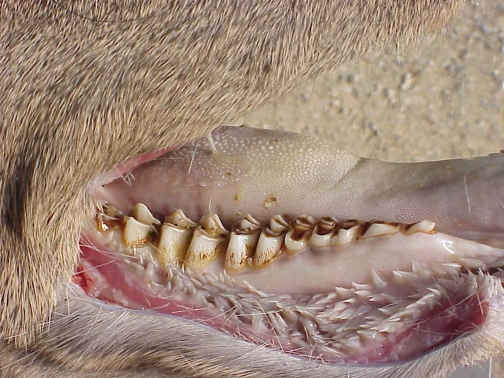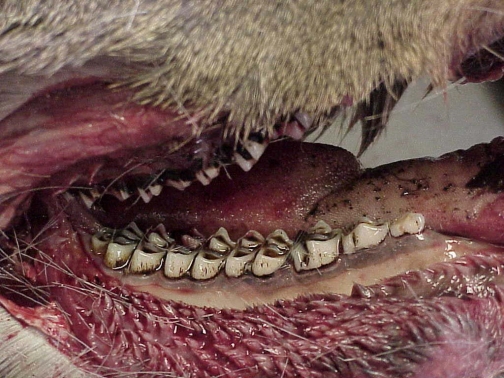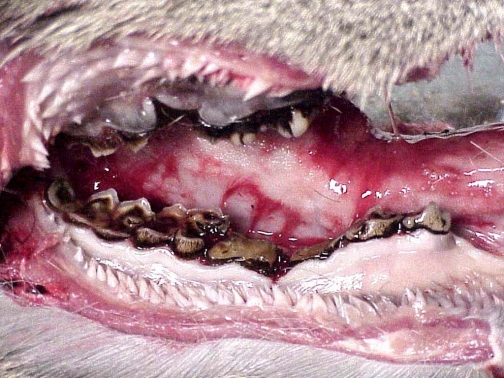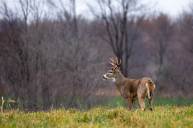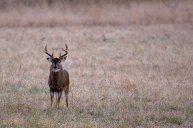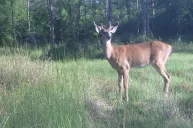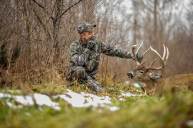As whitetail hunters, it's natural to want to harvest the most mature deer. Not only is it an extreme challenge tied to a rewarding accomplishment that we all take pride in, but it's a great conservation practice, too. However, sometimes it can be hard to tell exactly how old the deer is. Regardless of how long you have had the deer appear on your trail camera footage or how much history you have with it, narrowing down the age can be tough.
While there are several body characteristics that give us clues as to how old a deer is, they can often be misleading and inaccurate. Aging deer from the treestand is difficult, and takes years of experience to become effective. And even then, it's impossible to be 100-percent with your estimations. The only true way to determine a whitetail deer's age is by analyzing their teeth.
Unfortunately, this method is only going to work post-harvest. However, it has grown in popularity over recent years to send a whitetail's teeth off to a lab so they can determine their age. By doing this, you can actually learn a great deal about the property you are hunting, as well as how certain deer move based on age, both of which will ultimately make you a better hunter.
Thanks to the wildlife biologists at the Michigan Department of Natural Resources, we've got a pretty helpful guide for aging through teeth. Even though it's specific to Michigan deer, if you apply the same principles to another region, you'll end up with about the same estimate.
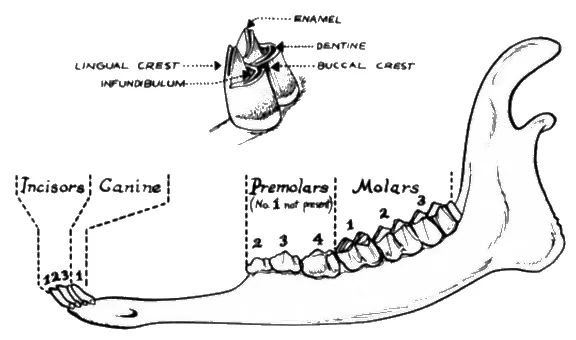
Image via Michigan DNR
The premolars are what are going to be most important to focus on, as these will show the most sign in relation to a whitetail's age. In a fawn less than a year old, you'll find four total cheek teeth, with three premolars and one molar.
Fawn, 0.5 years
If a deer has passed its first birthday, its temporary premolars are present, with the fourth one three-parted. Remember that premolar No. 1 is actually non-existent, so start with No. 2. A dentine line will show up around this point, and can be studied to closer estimate the age of a deer.
1-1.5 years
As a deer continues growing through its second year of life, its permanent premolars are lost and replaced, much like our baby teeth drop out in our younger years. Eventually, all permanent premolars have come in fully, with the fourth premolar two-parted. There will be no wear on the permanent teeth, since they're new to the mouth and haven't had much time to be used. Lingual crests, or the pointy ends of molars, are sharp when the teeth first arrive.
1.5-2.5 years
Moving on, a deer that has reached age 4 will have worn down its lingual crests of the first molar. The dentine line goes from buccal to lingual crest, and the third and fourth premolars are showing wear.
4 years
As deer get older their molars and premolars continue to wear, and lingual crests can all but disappear on certain teeth. From age 6 to age 8, deer usually will have completely worn down their fourth premolar and first molar flat. The third molar will retain its lingual crest.
6.5 to 8.5 years
A deer of this age class is a true trophy, so rarely will you ever see this for yourself. If you are lucky enough to harvest a deer at this age, though, you'll be able to tell pretty quickly with a quick glance at its teeth.
The third molar will likely be the last remaining tooth with a lingual crest somewhat intact, and the rest will be nearly flattened. Discoloration is high and the last remaining years of the deer's life will be spent chewing with some pretty gnarly-looking teeth.
8.5-11 years
While sending the molars off to a lab is going to be your best chance at narrowing down a deer's exact age, this guide should serve you well for determining a very educated guess. Determining this will give you insight into the property you're hunting and give you a better overall understanding of your deer herd.
Having a diverse age class is the sign of a healthy deer herd, and should give you some relief that your property management is on the right path. While judging from the treestand can give you some clues about the age classes of your deer herd, it falls short in comparison to how much information that analyzing the teeth gives you.
Of course, you do have to connect with your rifle or bow first. But when you do, you'll at least know that aging deer this way will give you a good idea.
